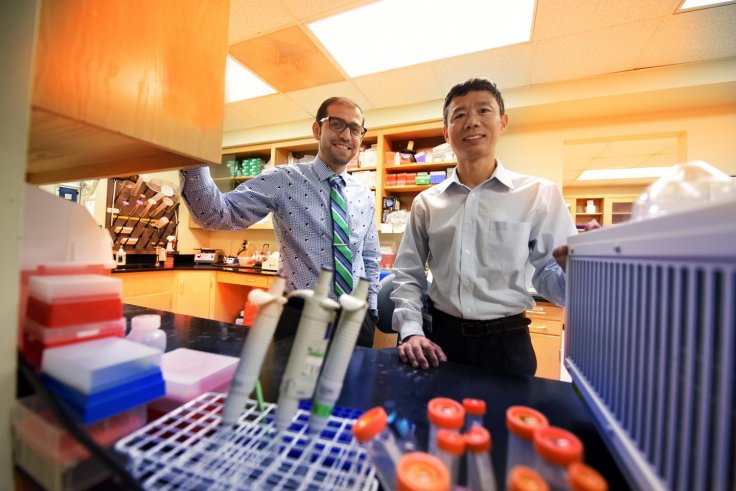
Though heart disease is the leading cause of death in the United States, blacks have higher rates of cardiovascular disease and death than whites, said the Centers for Disease Control and Prevention, zeroing in on arterial stiffness and vitamin D deficiency as potential contributors.
Though vitamin D is good for our arteries, still scientists are not able to pin-point its role in making blood vessel healthy but now a study on mice in lab has shown that mice missing a vitamin D receptor have higher activation of the renin-angiotensin-aldosterone system, says Anas Raed, research resident in the MCG Department of Medicine and the study's first author.
Activation of this system increases blood vessel constriction contributing to arterial stiffness and Vitamin D can suppress vascular smooth muscle cell proliferation, activation of garbage-eating macrophages and calcification formation, all of which can lead to thickening of blood vessel walls and hinder flexibility, says Raed. Vitamin D also reduces inflammation, an underlying mechanism for obesity-linked coronary artery disease.
In their experiment spanning over 16 weeks, high-doses of vitamin D reduced arterial stiffness in young, overweight/obese, vitamin-deficient, but otherwise still healthy African-Americans, researchers noted. They have given 70 African-American participants aged between 13 and 45, all of whom had some degree of arterial stiffness, varying doses of the vitamin and found that arterial stiffness was improved by vitamin D supplementation in a dose-response manner in this population, said their paper published in the journal PLOS ONE.
Rigid artery walls are an independent predictor of heart diseases and vitamin D deficiency appears to be a contributor, says another researcher in the study Yanbin Dong, geneticist and cardiologist at the Georgia Prevention Institute at the Medical College of Georgia at Augusta University. About 15 minutes daily in the "young" sun - between 10 a.m. and 2 p.m. but before your skin starts to get pink, is the best source of vitamin D, he suggests.
The recommended dose of Vitamin D for those aged 70 and older by the Institute of Medicine is a daily intake of 800 IUs, for adolescents and adults, they recommend 4,000 IUs as the upper daily limit; 2,000 was a previous upper limit. More than 80 percent of Americans, most of them who remain indoors, have vitamin D deficiency.
Other foods like milk, milk products like cheese and yogurt, fatty fish like mackerel and sardines, some greens like kale and collards and fortified cereals also are good sources of vitamin D. For those into Yoga, Soorya Namaskar is one posture specially designed and advised to overcome Vitamin D deficiency.









